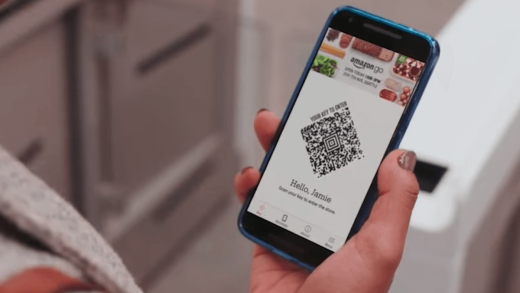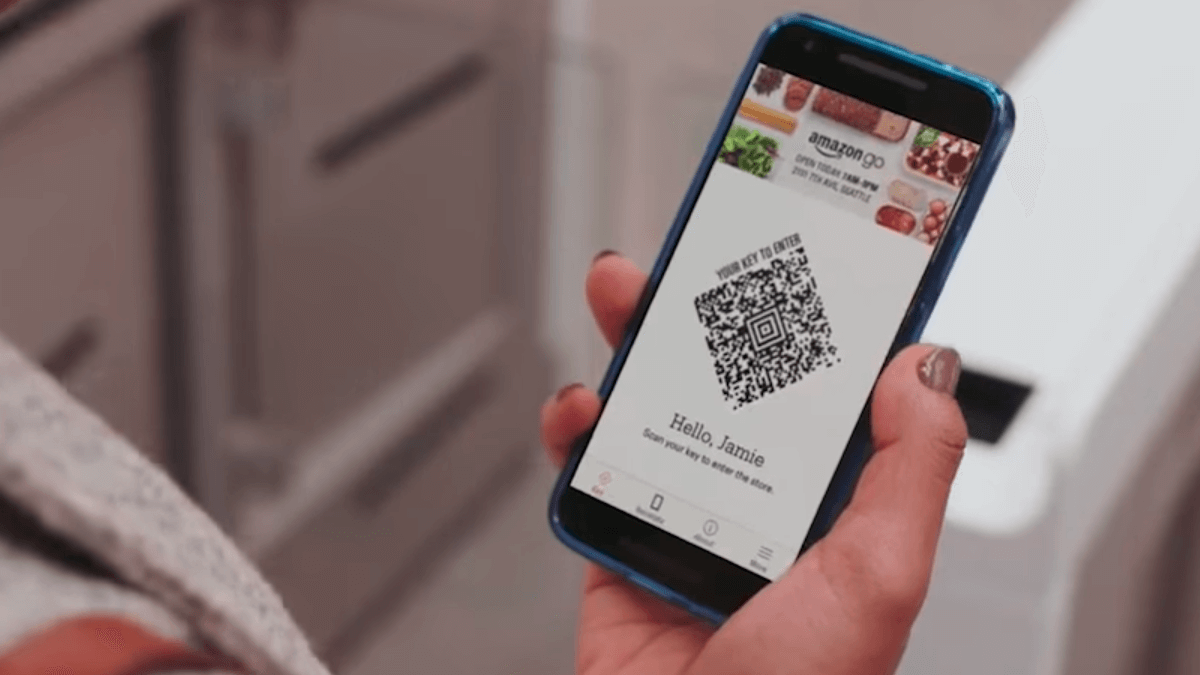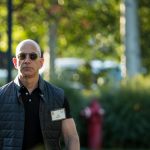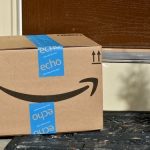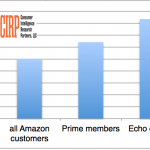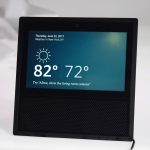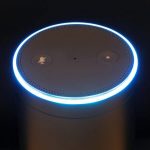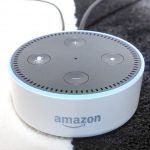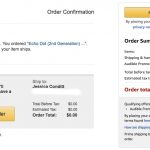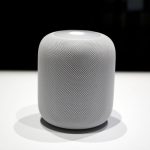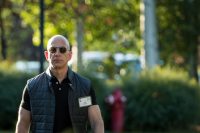Amazon launches its Amazon Go grocery, where you just take things from the shelves and walk out
Its new physical store uses a mobile app, computer vision, and other technologies to track every product and then charge your Amazon account.
The evolving merger of physical retailing and online commerce took another step forward today, with Amazon’s announcement of the launch of its Amazon Go store.
“If it works as advertised, it’s definitely a breakthrough,” Gartner Research VP Mark Hung told me.
The 1,800-square-foot facility, located at the corner of 7th Avenue and Blanchard Street in Seattle and oriented around meal preparation, requires that the customer have a supported smartphone, an Amazon account and the free Go app. The Go store project is currently in beta, and only Amazon employees can use it, but the company says it will open to the public early next year.
The basic selling point of Go, as the online retailing giant noted in its announcement:
“With our Just Walk Out Shopping experience, simply use the Amazon Go app to enter the store, take the products you want, and go! No lines, no checkout. (No, seriously.)”
To get to this vision of products that check themselves out, the company said, it employs the kinds of technologies used in self-driving cars, including computer vision, sensor fusion and deep learning.
Amazon says if you pick up an item, it gets added to your virtual checkout basket. If you put the item back before leaving the store, it gets removed from the basket. You check into the store by having the entrance turnstile scan a bar code in your Amazon app, and, after you leave, you get charged and receipted in your Amazon account for the items taken.
At the moment, it’s not entirely clear how this setup works. For instance, is the machine vision scanning and recognizing every item on every shelf, and tracking each item’s location? Or is there some kind of RFID tag transmitting from each item?
Can it recognize differently priced items that have similar kinds of shapes, sizes and packages, like Dijon mustard versus plain yellow mustard?
What if you put a product back in a different place from where you picked it up — even someplace it doesn’t belong?
Gartner’s Hung pointed out that Go is the next step in the progression toward stores without checkout. Target, for instance, has lanes so customers can scan their own products, swipe their card and leave. He also pointed to California Fresh Markets, where customers use a store app to scan bar codes of products and then walk out.
If successful, he said, the Go store concept “will allow the retail giant to open up a new dimension in O2O.” This is the abbreviation for online-to-offline, a strategy that seeks to move a customer from their online shopping experience to an offline one.
One added dimension of O2O, Hung said, could be how customers are tracked in the store. Although the technologies are unclear, it’s possible that Amazon’s product tracking and machine vision might not only follow which grocery items you pick, but how you pick them.
Through the app, item tracking — possibly even facial recognition or another machine vision of customers — the Amazon Go store might be able to know not only that you bought potato chips, but that you bought the barbeque chips after first looking at three other kinds, and that you then headed for the soft drink section. This kind of behavioral profiling cannot be easily obtained online.
When I told Hung that this kind of tracking would make me very reluctant to shop in a Go store, he noted that generally, Americans tend to be more willing to trade privacy for convenience than, say, Europeans. If there is such tracking, then the key question is whether the experience is more convenient than other shopping experiences.
Amazon said it began four years ago to rethink the retail store experience. Its new Go store is the latest effort by the virtual retailer to generate a presence in the real world, adding to its Amazon Fresh grocery service and its first physical bookstores, Amazon Books.
The larger background is the growing conviction among many retailers that they need to blend their shopping experience with the online shopping experience, at least because shoppers are doing this anyway.
That blending can mean many things, such as matching some online prices from local retailers and selected major online stores as Best Buy does, or generating the kind of shopper analytics that previously were available only to online retailers, like Advia or RetailNext.
In addition to this evolving notion of physical/online blending, Go points to a future where brick-and-mortar stores have fewer personnel to handle mundane tasks, like checkouts. In the same vein, for instance, startup Bossa Nova has developed robots to track shelf inventory.
Marketing Land – Internet Marketing News, Strategies & Tips
(37)

